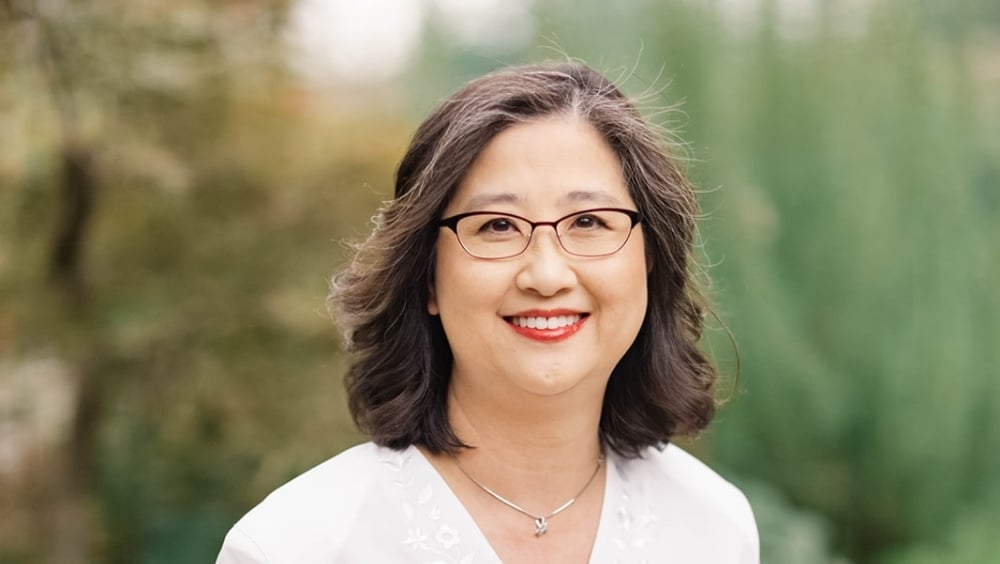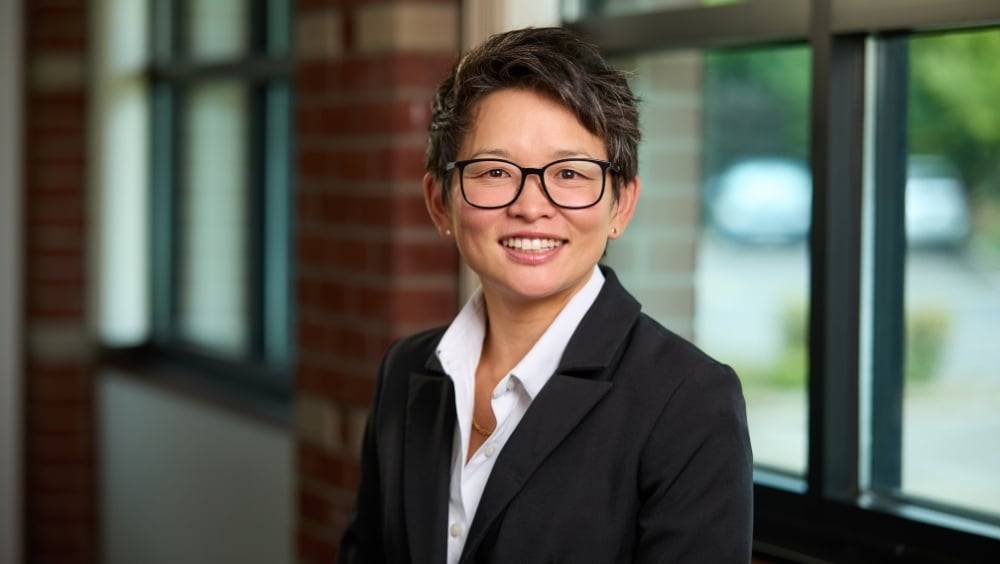Did you know that there are several different types of breast cancer? Some breast cancers grow because of hormones like estrogen or progesterone. Other breast cancers are fueled by the HER2 protein. Specific treatments to address the hormones or HER2 protein have been developed as the best options to use first. But what if tests come back negative for estrogen, progesterone, and HER2?
There is another category of breast cancer. Triple-negative breast cancer is “negative” for the two hormones and HER2 protein. Therefore, the targeted and hormone therapies used for other types of breast cancer are unlikely to be successful for triple-negative breast cancer patients. The first line of treatment for these patients isn’t as clearly defined as for other types of breast cancer patients, making it harder for oncologists to know which treatment will work best for the patient.
How Common is Triple-Negative Breast Cancer, and Who Gets it?
Triple-negative is a less common type of breast cancer accounting for about 10-15% of all breast cancer cases. It’s unique because it tends to affect younger women when compared with other breast cancers. It’s also more common among women who are black and in women who have the BRCA1 genetic mutation.
Triple-Negative Cancer Related to the BRCA Gene Mutation
While only about 5-10% of all breast cancers are related to a genetic mutation in the BRCA gene, this hereditary genetic mutation makes triple-negative cancer more likely if breast cancer is detected. In fact, about 70% of all triple-negative breast cancer patients have the BRCA1 mutation. If you have more than one immediate family member who has had breast cancer you may be a candidate for genetic testing.
What is the Recommended Treatment for Triple-Negative Breast Cancer?
For those diagnosed with triple-negative breast cancer, a few different treatment options are available. Often, a combined approach is used.
Breast Cancer Removal Surgery
Breast cancer removal surgery is almost always a part of the treatment process. However, your oncologist will work with your breast surgeon to decide if other treatments should be done first to reduce the size of the tumor before performing surgery. Your breast surgeon will recommend either
- Lumpectomy: Also called breast-sparing surgery, the cancerous lump and a margin of tissue around it are removed. After this surgery, radiation is often performed to ensure targeted therapy to destroy any potential remaining cells. Other treatments such as chemotherapy may follow.
- Mastectomy: A mastectomy is a removal of the entire breast. For BRCA+ patients, sometimes both breasts are removed since triple-negative breast cancer is more likely to return in the other breast than other types of cancer. This is a more extensive surgery but is particularly effective for many patients. Like lumpectomies, radiation may also be recommended following surgery as well as other treatments.
Systemic Therapy for Triple-Negative Breast Cancer
Chemotherapy is almost always a part of the treatment for triple-negative breast cancer patients. That’s because it grows quickly and microscopic cancer cells may be running through the lymph system where they can collect and then attach to another area within the body.
There are also other treatments now available for triple-negative breast cancer including:
- PARP inhibitors that can destroy cancer cells are considered a targeted therapy, and are now FDA approved to treat triple-negative breast cancer.
- Keytruda (pembrolizumab), an immunotherapy drug that uses the body’s own immune system to fight cancer, was approved in 2021 for early-stage triple-negative breast cancer when combined with chemotherapy before surgery to treat early-stage triple-negative breast cancer with a high risk of recurrence.
Radiation Therapy for Breast Cancer
Radiation therapy is often used in breast cancer treatment, including triple-negative breast cancer. It’s another well-established treatment often used after surgery and has been found to achieve better outcomes in many cases.
Extensive Clinical Research is Underway for Triple-Negative Breast Cancer Treatments
Because there isn’t a set pathway for treatment for triple-negative breast cancer patients, a lot of research is underway to try to find the best treatments for these patients.
Exciting research and clinical research trials are available in the Willamette Valley area in an effort to find new and better ways to care for triple-negative breast cancer patients.
Keep Up with Regular Breast Cancer Screening
One of the most important aspects of successful treatment is catching triple-negative breast cancer as early as possible. The earlier the stage, the higher the likelihood that treatment options will be successful.
Because most breast cancers don’t cause symptoms it’s hard to know if there is a small lump developing deep in the breast. That’s why it’s really important to keep up with breast cancer screenings! If you don’t have a family history or a known BRCA genetic mutation talk to your doctor about starting a mammogram schedule by age 40. If you’re at a higher risk level due to genetics, talk to your doctor about starting breast cancer screening earlier.
Read more in our blog: Detecting Breast Cancer Early with 3D Mammograms
Next Steps after a Breast Cancer Diagnosis
While triple-negative breast cancer can be challenging to treat because the first treatment option isn’t always the best one, we are on the path to knowing more about this type of cancer and we’ll soon see more treatment options emerging, thanks to research.
If you or a loved one has been diagnosed with triple-negative breast cancer, it’s important to act quickly. At the same time, make sure you're comfortable with the treatment plan and consider a second opinion. Our breast cancer specialists have the expertise, compassion, and experience to help you during this time. We can also offer a second opinion for your peace of mind. Our providers serve multiple communities throughout the Willamette Valley including Albany, Corvallis, Eugene, Florence, and Lincoln City, Oregon.




